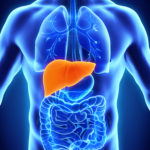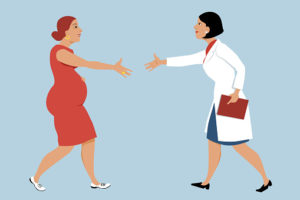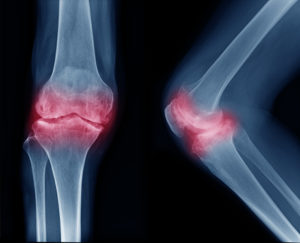May is Hepatitis Awareness Month which serves to make people more familiar with the disease and ways to prevent it. Hepatitis is defined as an inflammation of the liver and can be caused by alcohol abuse, exposure to certain toxins, drug abuse, bacterial or viral infections. Many people aren’t even aware that they have hepatitis. The three main types of viral hepatitis are Hepatitis A, Hepatitis B and Hepatitis C. Each year approximately 15,000 people die in the United States die from either liver cancer or chronic liver disease caused by hepatitis.
Hepatitis A can be mild or severe and can last weeks to months. It is spread by contact with food, liquids and objects that are infected with fecal matter from a person who is infected. Hepatitis B can be a life long illness. It is transmitted by blood, semen, other bodily fluids and as a baby passes through the birth canal. Hepatitis C is spread through sharing needles and syringes with people who are infected. It also used to be spread through blood transfusions and organ transplants but better screening techniques have virtually eliminated this risk.
Hepatitis awareness is important in making prevention better understood. A vaccine exists for Hepatitis A and Hepatitis B for populations that may be at risk. If you would like to schedule an appointment with a physician at Flushing Hospital to discuss this illness please call 718-670-5486.
All content of this newsletter is intended for general information purposes only and is not intended or implied to be a substitute for professional medical advice, diagnosis or treatment. Please consult a medical professional before adopting any of the suggestions on this page. You must never disregard professional medical advice or delay seeking medical treatment based upon any content of this newsletter. PROMPTLY CONSULT YOUR PHYSICIAN OR CALL 911 IF YOU BELIEVE YOU HAVE A MEDICAL EMERGENCY.







